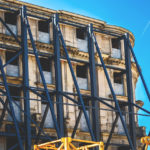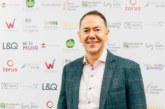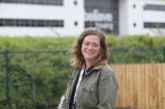Keivan Djahanbani, Senior Project Consultant at IES, discusses using digital twin technology to unlock maximum sustainability in local council retrofit programmes.
Recently, the Commons Environmental Audit Committee Chairman, Philip Dunne MP, spoke out about the need for ministers to address the need to dramatically reduce the number of buildings being knocked down as a climate change priority. Buildings hold a significant amount of locked-in carbon, which is wasted when they are knocked down and new carbon-intensive materials are then used to rebuild.
To minimise the release of this locked carbon, there needs to be a greater focus on retrofitting existing buildings to make them functional for use without demolishing and putting something purpose built in its place. The UK Green Building Council says that 80% of the buildings that will exist by 2050 have already been built, so decarbonising the existing stock needs to be a major priority. Currently, in Europe, renovation rates stand at about 1%, largely because renovation is an uncertain investment; there are high upfront costs involved and the end energy and cost savings are only ballpark figures.
However, technological advancements in climate technology for the built environment mean that this is changing. Instead of looking at an old building, perhaps built in a time when documentation was less regulated, and making assumptions about its performance, technology can be used in retrofitting to enable accurate performance measurement and remove the need for guesswork.

Using digital twins in local authority retrofit programmes
One such technology that is helping to decarbonise the built environment is the digital twin. Digital twins are accurate digital models of buildings, the most sophisticated of which use physics-based simulations together with real data, artificial intelligence and machine learning to behave exactly like their real-world counterparts. These representations can be used to test different design options on a virtual version of a building first, in order to make better, data-driven decisions and accurately predict return on investment.
Digital twins can be created for existing buildings to reveal how they need to be retrofitted to bring them in line with net zero or low emissions targets. This is achieved by testing upgrades before implementation, such as new windows, better insulation, renewables integration and HVAC system upgrades, to see which options will have the greatest impact.
This has the overall result of extending a building’s life, minimising the need for demolition and the production of new materials, while also ensuring the building is operating with optimised energy use.
Warrington Borough Council
As part of an Innovate UK project called REWIRE North West, Warrington Borough Council has created a digital twin of the district to identify energy, carbon and cost-efficient measures across its building stock and map out data-informed paths to net zero.
The project involves a residential model which used Energy Performance Certificate (EPC) data on around 50,000 residential properties within the borough, including building characteristics, age band, main heating system and gross floor area, to create archetype models of four main types of homes: detached houses, semi-detached houses, terraced houses and apartments. Archetypes were simulated to assess current energy consumptions and CO2 emissions across the borough.
Using an Intelligent Virtual Network (iVN) tool that delivers a holistic view of the site, integrating electricity, heating, cooling, waste heat networks and shared energy across buildings, the supply and demand from buildings and community assets was assessed. This assessment was then used to determine the flexibility required across the area to balance demand and evaluate ‘what if’ scenarios.
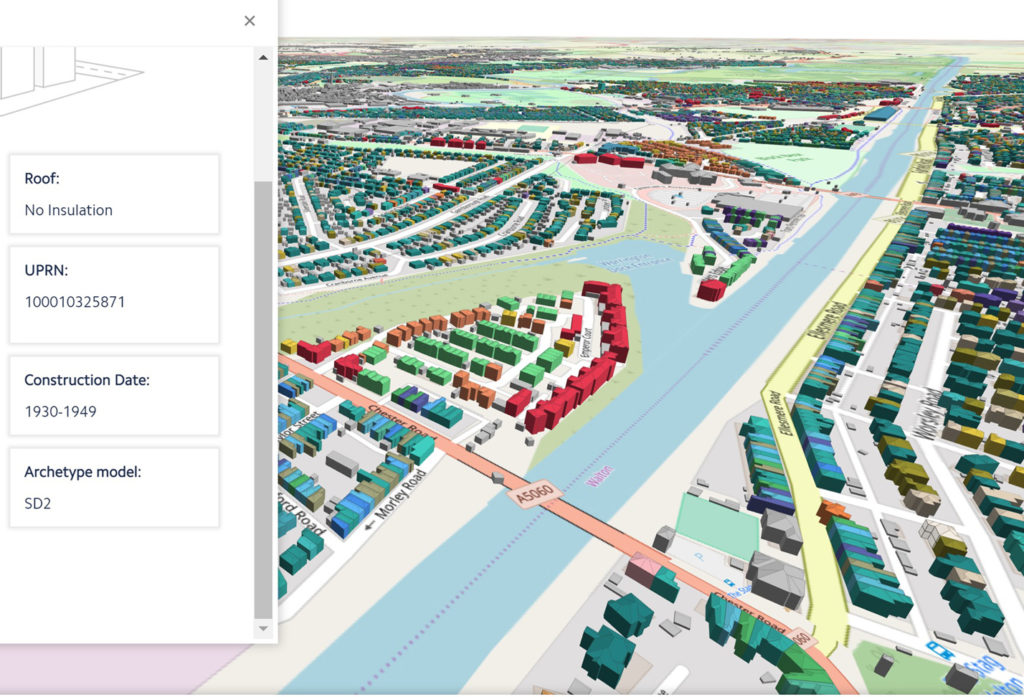
Three retrofit scenarios were considered in the model: low-hanging fruits, such as filling cavity walls and insulating or topping up lofts; low-hanging fruits plus insulating solid walls; and a full retrofit entailing upgrading current standards of Part L of the Building Regulations, such as floor insulation, improved glazing and reduced infiltration.
Using the results for the different retrofit scenarios, strategies for full decarbonisation of the district could be simulated. This was initially assessed for two different neighbourhoods of around 500 homes. The most optimal solutions for decarbonising were found for each area, looking at heat pumps and district heating, domestic PV and battery storage installation, and electric vehicle charging infrastructure.
This has enabled the creation of bespoke pathways to net zero, with optimal strategies for each area depending on specific criteria such as the most prevalent built form and construction materials, spare capacity on the local substation, and the availability of off-street parking.
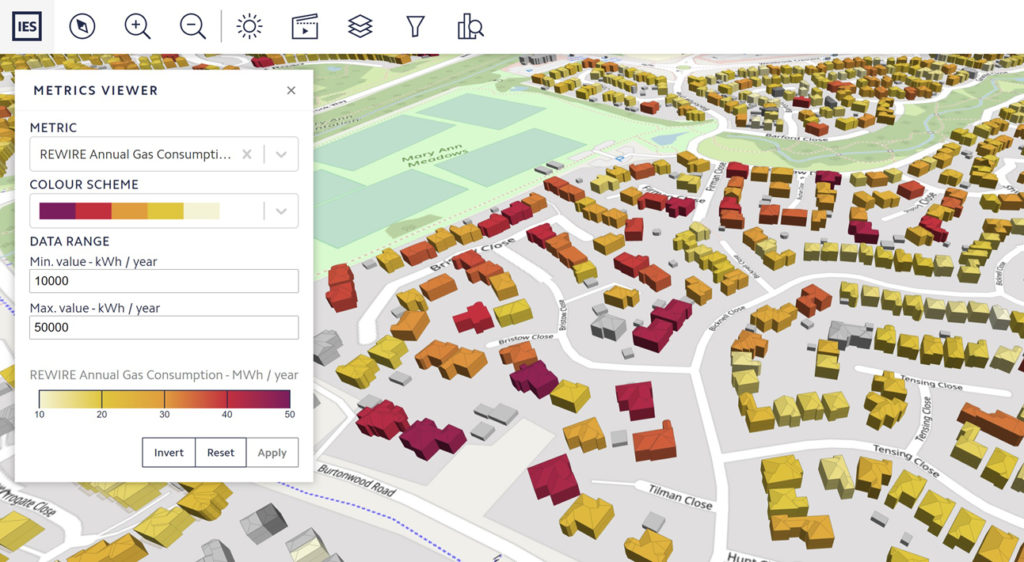
Conclusion
Using digital twin technology, local authorities and housing associations can make informed choices about how they manage retrofit programmes in the local area. There are considerations to be made around retrofitting, as refurbishment can be complicated, costly, and raise complications around wasted embodied carbon.
When retrofitting buildings, wasted embodied carbon needs to remain a consideration. In some cases, it may be more carbon efficient to retrofit a G-rated building to a C-rated building, which is still not massively energy-efficient but uses fewer materials than retrofitting to a higher standard or demolishing to make way for an A-rated building.
Technology such as digital twins enables local authorities to remove the guesswork from their sustainable development plans and make decisions based on real-world data and accurate measurements.

